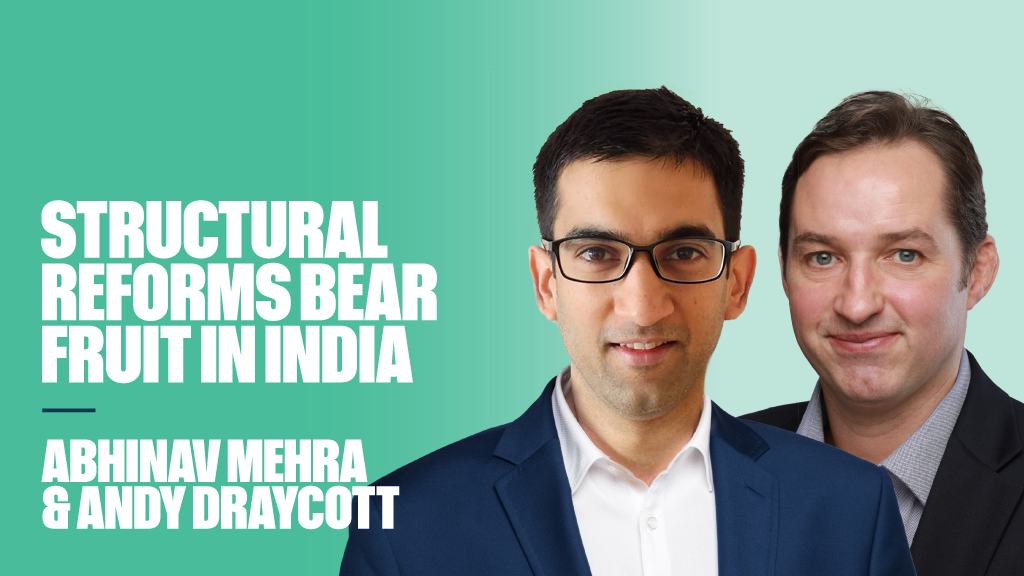Inflows in the UK and across Europe are on the rise as investors seek diversified sources of return, lower volatility and less reliance on market beta. When most investors think of absolute return, hedge fund like strategies such as equity long/short come to mind. Or they think absolute return strategies focus on areas such as commodities or FX.
But what does absolute return mean in the context of fixed income investing?
In some respects, investors have always thought of fixed income as an “absolute return” asset class. For decades they have relied on it to deliver capital preservation, income, and diversification from risk assets. A more than 30-year bond bull market fostered an environment where investors were lulled into complacency, used to outsized returns and low volatility. However, a major source of those stable returns has been duration or interest rate risk, which has been a powerful stabilizing force in fixed income and the only real source of diversification versus riskier assets. Now with global yields at all-time lows, duration turns from a stabilizing force for portfolios, into a potential source of losses should rates normalize.
With rising awareness of the risks inherent in fixed income, as investors see the writing on the wall, has come an explosion of non-traditional styles of investing. Unconstrained fixed income strategies have become popular for example, but investors would be mistaken to confuse them with absolute return. In fact, being called an “unconstrained fixed income strategy” merely describes the opportunity set, but tells nothing about the manager’s goals, risk tolerance or willingness to use leverage.
Absolute return fixed income strategies are actually a subset of unconstrained and have three purposes:
- Generate positive returns regardless of market environment
- To diversify the fixed income allocation, and/or
- To add a different investment style into their alternatives allocation, without significantly amplifying correlation to risky assets.











